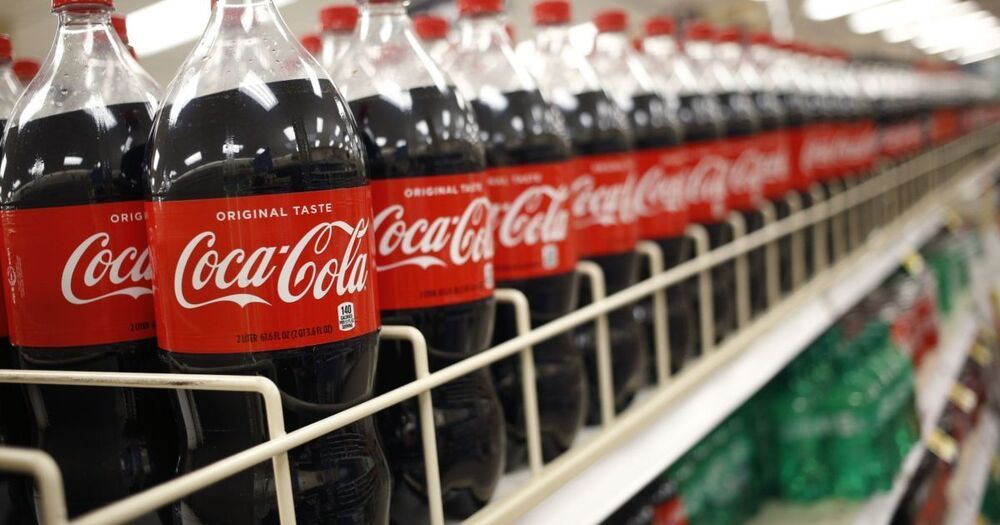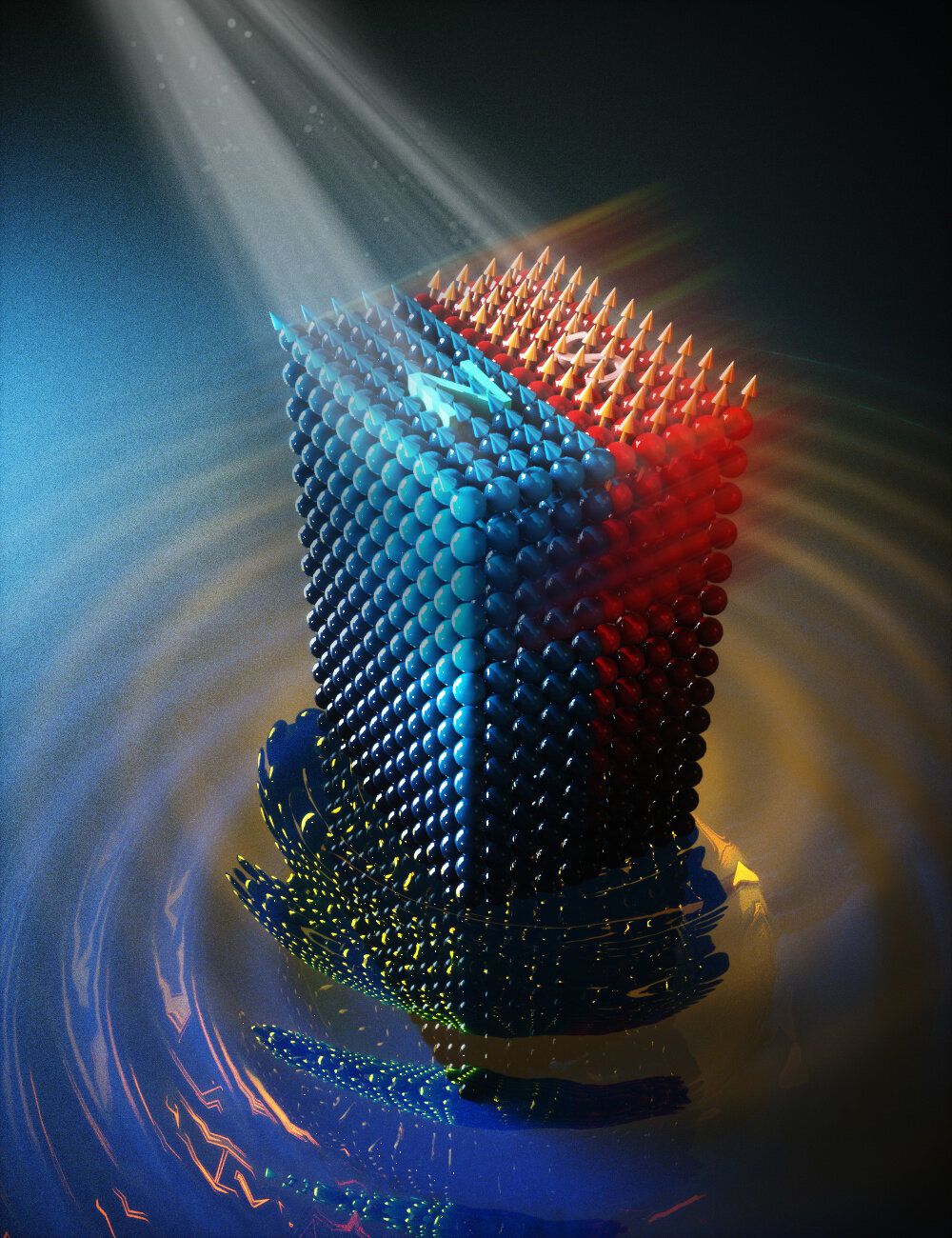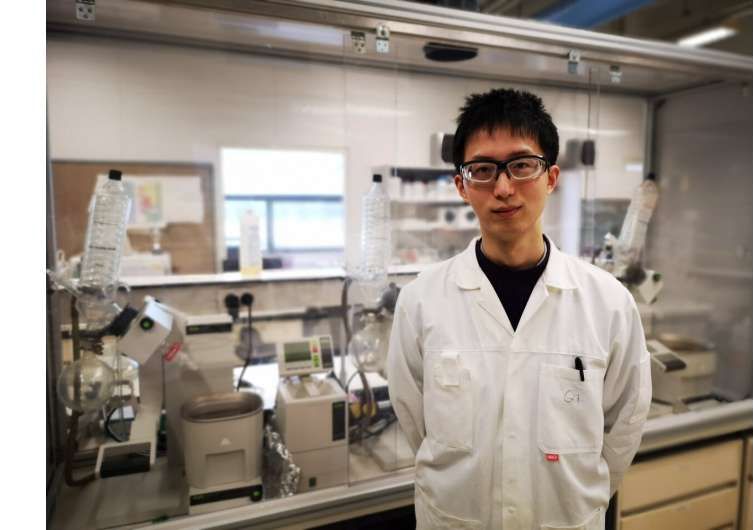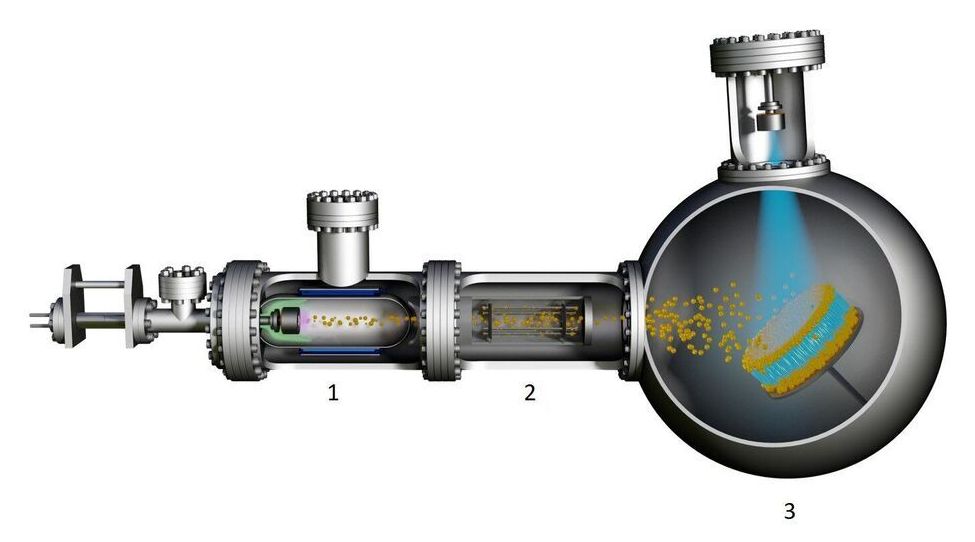Researchers were able to cause two plastic trays to hover using only light — opening the doors to research unexplored parts of the sky.





An international team led by researchers of Delft University of Technology (TU Delft) has managed to manipulate the magnetic state of a magnetic material by optically shaking it. The whole process happens within an extremely short time frame of less than a few picoseconds. In times of stalling efficiency trends of current technology, such atomically-driven ultrafast control of magnetism opens broad new vistas for information technology. The results, which have been published in Nature Materials, could eventually lead to fast and energy-efficient data processing technologies, which are essential to keep up with our data hunger.



WASHINGTON — The Defense Advanced Research Projects Agency wants to hear from the space industry about their capabilities to manufacture large structures on the moon.
This is a new project that DARPA announced Feb. 5 called “Novel Orbital and Moon Manufacturing, Materials and Mass-efficient Design.”

Plastics are among the most successful materials of modern times. However, they also create a huge waste problem. Scientists from the University of Groningen (The Netherlands) and the East China University of Science and Technology (ECUST) in Shanghai produced different polymers from lipoic acid, a natural molecule. These polymers are easily depolymerized under mild conditions. Some 87 percent of the monomers can be recovered in their pure form and re-used to make new polymers of virgin quality. The process is described in an article that was published in the journal Matter on 4 February.

This can turn out to be a very important and useful invention for medical science. The elastic and adhesive glue quickly seals wounds after application, without the need of stitches or staples. The glue, called ‘Metro’, quickly seals wounds in just 60 seconds. The gel-like material of the wound glue is activated by Ultraviolet (UV) light and it dissolves shortly after. Metro glue’s elasticity makes it ideal for sealing wounds in body tissues that continually expand and relax like the heart or lungs. The glue has been successfully tested on rodents and pigs. It will soon be used in human trials. Kiran Mazumdar Shaw, who is the chairperson of Biocon — Asia’s leading Biopharmaceuticals enterprise, shared a video about the wound glue. The video by In The Know, shows how the Metro glue works.
Glue for wounds! https://twitter.com/kiranshaw/status/1357879020440854528/video/1

New research conducted by the Okinawa Institute of Science and Technology Graduate University (OIST) has identified a specific building block that improves the anode in lithium-ion batteries. The unique properties of the structure, which was built using nanoparticle technology, are revealed and explained today in Communications Materials.